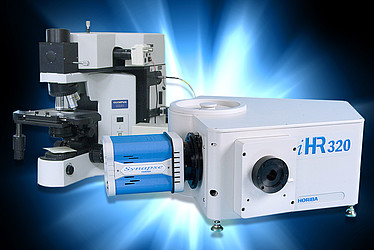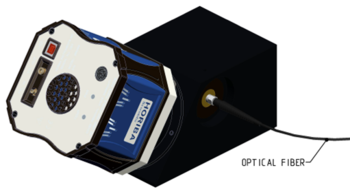Install the built-in print driver for a USB connection with Windows 7 or Windows Vista. In Windows, search for and open Control Panel. Click Devices and Printers, and then click Add a printer. Custom Spectroscopy Solutions and OEM. The Optical Spectroscopy Division custom configures spectrometers, monochromators, microspectroscopy, CCD’s and other instruments for fluorescence spectroscopy and other R&D and QC applications.


Driver Downloads For Windows 7
- I had problems viewing USB endoscope but loaded a webcams app from oasis scientific and it works for windows 7 and 8. It does not show up as a program but a file, open it and the app shows up and the computer camera is the default so plug in USB camera and, select the USB camera from the devices tab and the endoscope should be activated.
- Although any USB cable, with the correct connectors and drivers, should work, there is a better chance of success using a cable supplied by Campbell Scientific. For data loggers with an RS-232 port, only a serial or USB to RS-232 cable (sometimes called a USB-to-serial-adapter cable) is needed.

Driver Download Nvidia
For low-light applications such as fluorescence, emission, absorbance, and reflectance, the VS-7000+ miniature charge-coupled device (CCD) spectrometer from Horiba Scientific features a back-thinned CCD and covers the 200–860, 380–750, and 200–1050 nm spectral ranges.

For low-light applications such as fluorescence, emission, absorbance, and reflectance, the VS-7000+ miniature charge-coupled device (CCD) spectrometer from Horiba Scientific (Edison, NJ) features a back-thinned CCD and covers the 200–860, 380–750, and 200–1050 nm spectral ranges. Additional features include high signal-to-noise ratio, a deep full well, and 300 and 1000 mic height options. Its single-optic design with concave grating has no moving parts or shutter.
More Biophotonics Products
-----
PRESS RELEASE
FOR IMMEDIATE RELEASE
HORIBA Scientific launches VS-7000+ Miniature OEM Spectrometer
High Sensitivity Back-illuminated CCD Offers Unmatched Dynamic Range for UV-VIS-NIR OEM Applications
EDISON, NJ April 23rd, 2012 - The HORIBA Scientific, global leader in OEM spectroscopy systems, recently debuted their new VS-7000+ Mini CCD Spectrometer. This new Mini CCD Spectrometer outperforms front-illuminated and low cost back-illuminated CCDs, while offering affordable volume pricing.
HORIBA Scientific addressed the need for improved performance from CCDs available for OEM. The Miniature UV-VIS VIS and VIS-NIR OEM Spectrometer is an ultra-compact spectrograph featuring a back-thinned CCD with a very deep full well, 2 height options (300 and 1000 mic) and a USB 2.0 interface.
The VS-7000+ is perfect for industrial low-light applications such as fluorescence, emission, absorbance, and reflectance. It offers coverage for three spectral ranges: UV-VIS (200–860 nm), VIS (380–750 nm), and UV-NIR (200–1050 nm). In addition, it offers the highest signal-to-noise ratio of any uncooled CCD mini-spectrometer. For TE stabilization or cooling, please contact our OEM team.
Its sturdy single optic design with concave grating offers unsurpassed light purity and with no moving parts or shutter, it is exceedingly reliable for OEM integration. It comes with Windows(R) acquisition software for initial evaluation, and LabView(TM) VIs or DLLs are available for OEM integration. A Linux driver is also available.
'The VS-7000+ covers the most popular UV - VIS range for mini spectrometers,' said Nicolas Vezard, Vice President of Gratings and OEM Spectrometers for HORIBA Scientific. 'Its concave grating features the lowest stray light in the UV region and the high dynamic and high sensitivity CCD addresses many OEM applications.'
HORIBA Scientific offers the VS-7000+ for high volume industrial applications, from hundreds to many thousands per year. For more information, please go to our website www.horiba.com/VS7000+
Media Contact:
Joanne Lowy
joanne.lowy@horiba.com
732 494 8660 x 8142
-----
Follow us on Twitter, 'like' us on Facebook, and join our group on LinkedIn
Follow OptoIQ on your iPhone; download the free app here.
Subscribe now to BioOptics World magazine; it's free!
